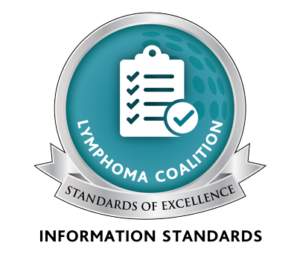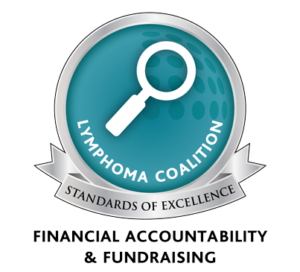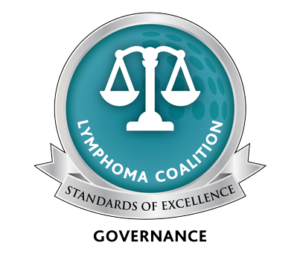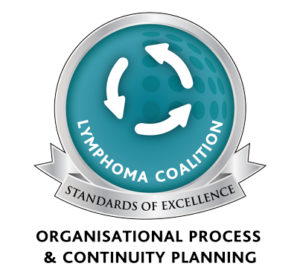AIDS-related lymphoma is a disease in which cancerous (malignant) cells are found in the lymph system in patients who have human immunodeficiency virus (HIV) or acquired immunodeficiency syndrome (AIDS). AIDS is caused by the HIV, which attacks and weakens the immune system. Infections and other diseases can then invade the body, and the immune system cannot fight against them. The incidence of patients suffering from both HIV and lymphoma is increasing. According to the Lymphoma Research Foundation of America (LRFA), approximately 30% of all AIDS patients contract lymphoma.
As AIDS patients live longer, the chances increase for the appearance of less common opportunistic diseases. AIDS-related malignancies, especially NHL, are becoming an epidemic within an epidemic. Because the body’s immune system is already compromised by disease, AIDS-related lymphoma tends to behave differently than non AIDS-related lymphoma. With little to stop it, the cancer can reproduce quickly and spread unchecked beyond the lymph nodes at an accelerated rate. NHL is the most common lymphoma that affects people with HIV/AIDS. It primarily involves the uncontrolled proliferation of abnormal B-cells (lymphocytes responsible for antibody production) and frequently appears as nodular or diffuse tumours in extranodal tissues.
Other lymphomas such as Hodgkin lymphoma can occasionally affect people with HIV/AIDS, but unlike NHL, these do not seem to be increasing in incidence. The major difference between Hodgkin and NHL is that the former almost always includes a specific type of cell called the Reed-Sternberg cell (a large cell of unknown origin with an unusual bilobed nucleus). Hodgkin lymphoma starts out as localized nodular tumours that disseminate as the disease progresses.
Extranodal NHL is very common among people with HIV/AIDS. It has been reported that NHL can occur at practically any site on the body. The most common extranodal sites are the central nervous system (brain and spinal cord), the gastrointestinal tract, bone marrow and the liver. NHL also has appeared in such unusual sites as the anus, rectum, mouth and other soft tissue.
It may be difficult for an AIDS sufferer to recognize the presence of NHL as many symptoms are similar to those of AIDS-related complications, including fever, night sweats and weight loss greater than 10%. This makes it critically important that a physician be consulted if any of these conditions persist. A diagnosis of lymphoma can only be confirmed through a surgical biopsy of the involved tissue.
HIV and Lymphoma: Prognosis
Whether or not a person can survive NHL is based on a variety of factors. Although NHL is one of the few cancers that have some types that can actually be cured, severe immune deficiency often complicates a patient’s ability to tolerate and respond to treatment. With the use of highly active retroviral therapy (HAART), recent studies show that HIV-positive patients fare about the same as non-HIV-positive patients in their lymphoma treatment and survival.
For more information on this topic, visit www.projinf.org/fs/lymphoma.html





